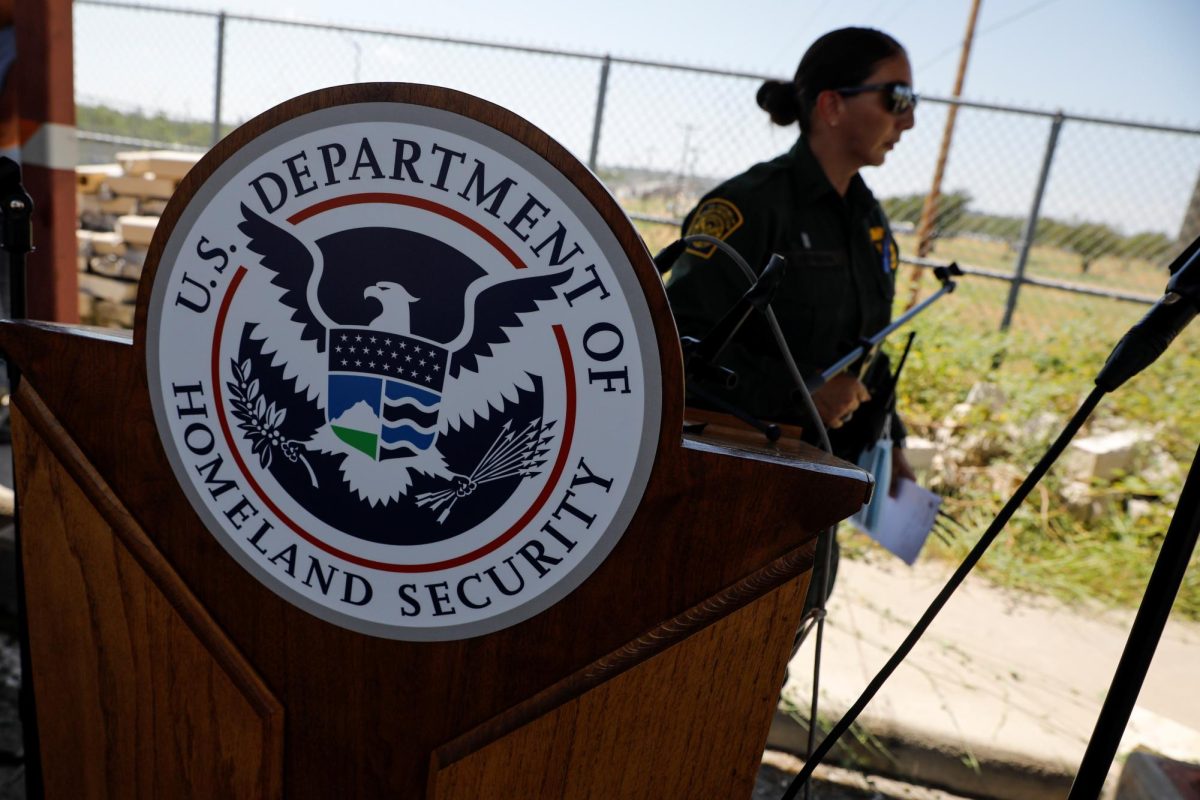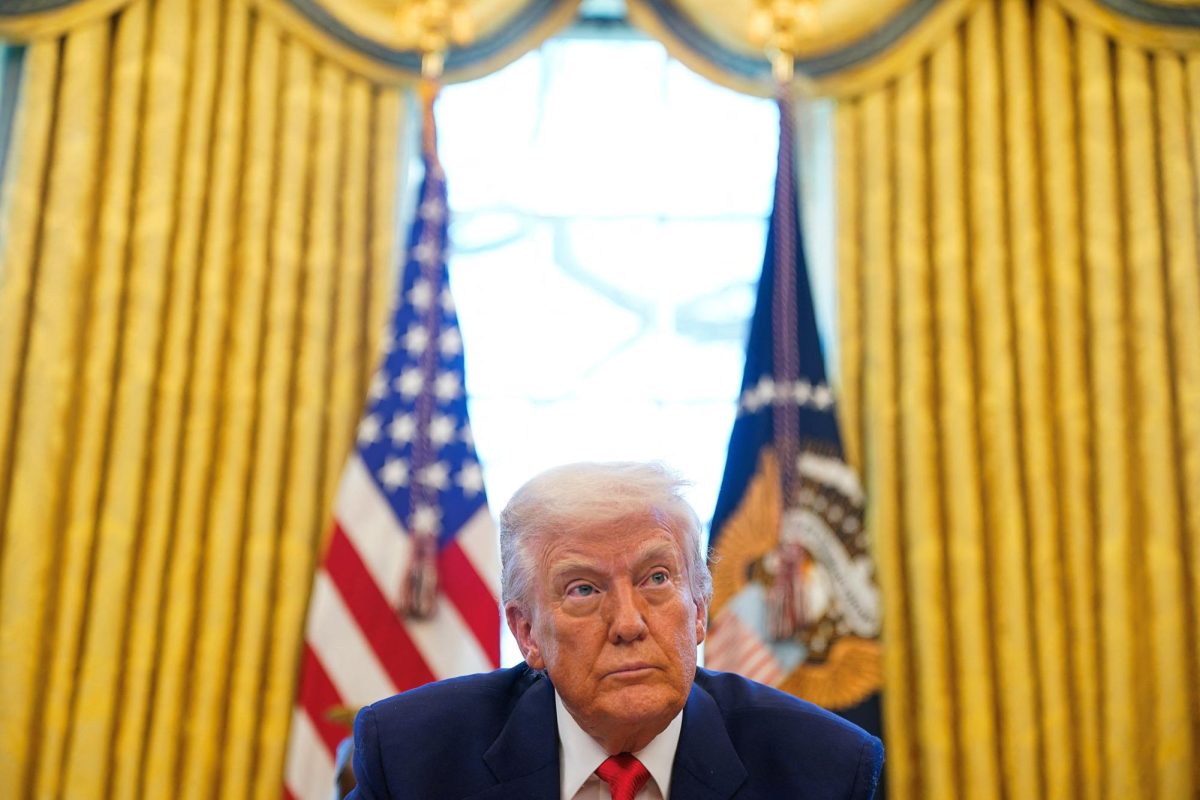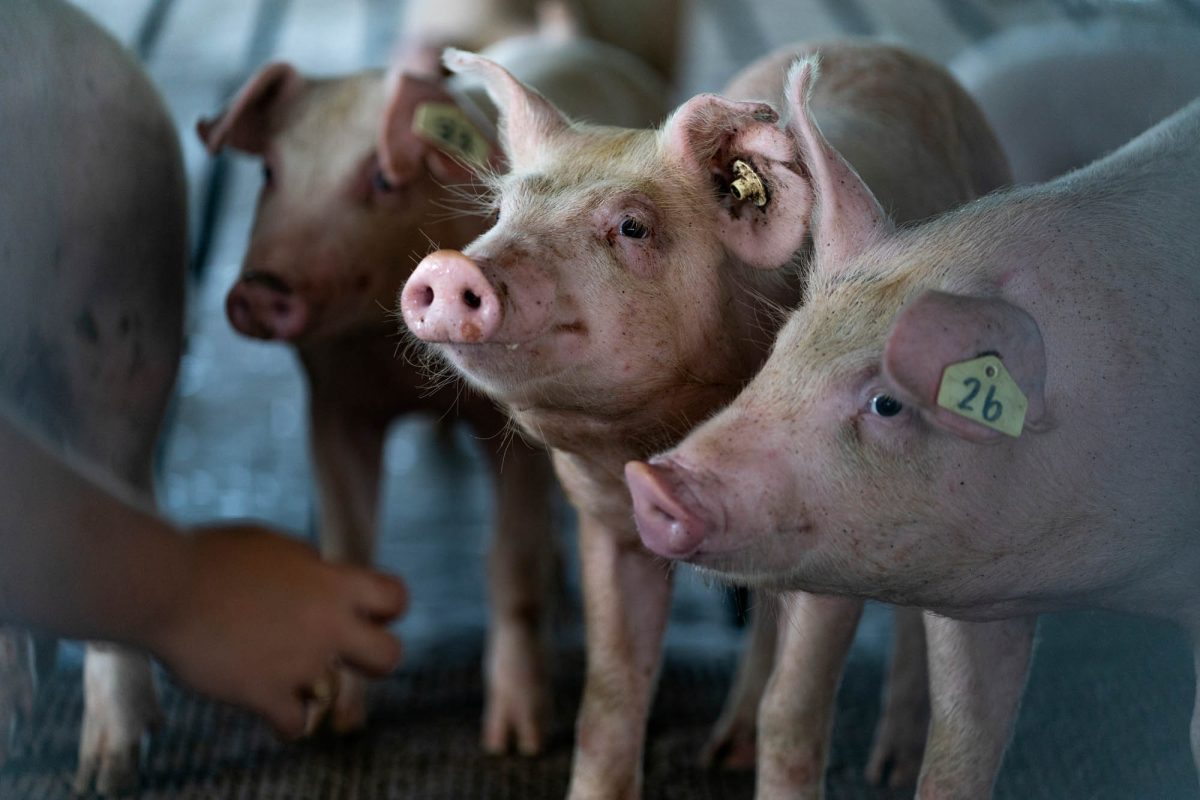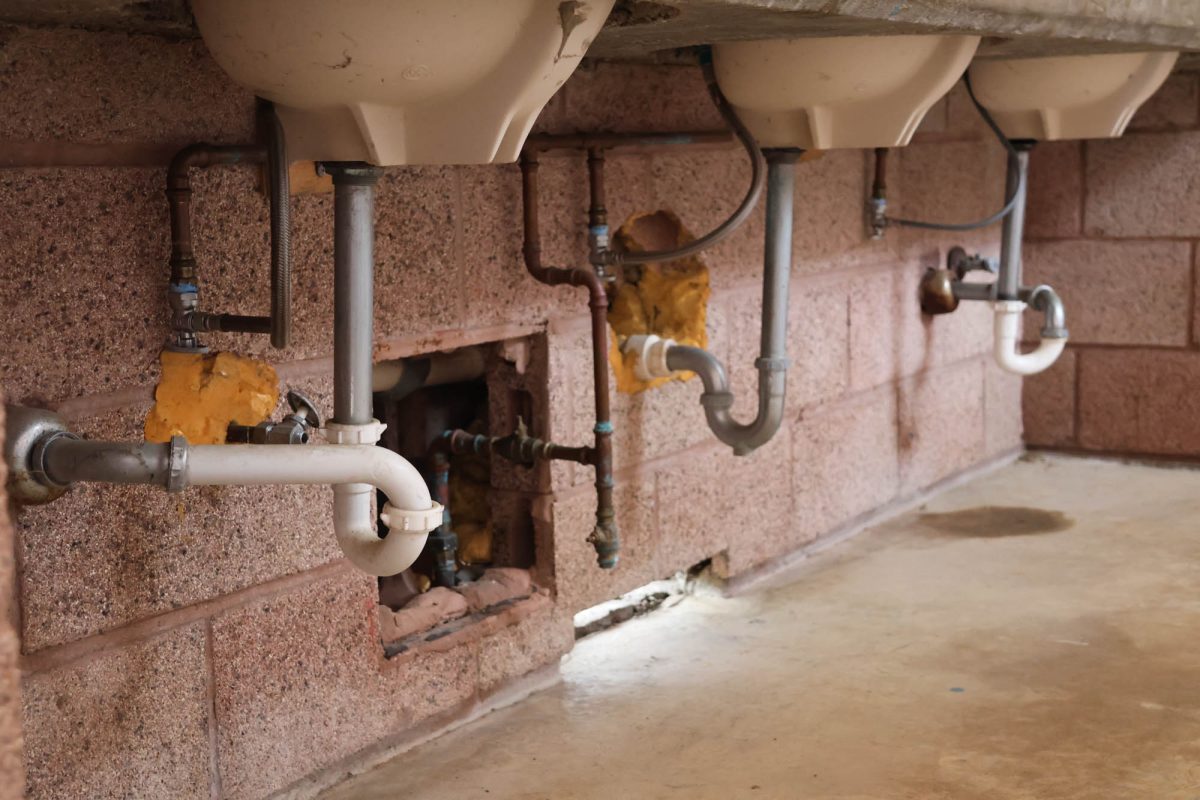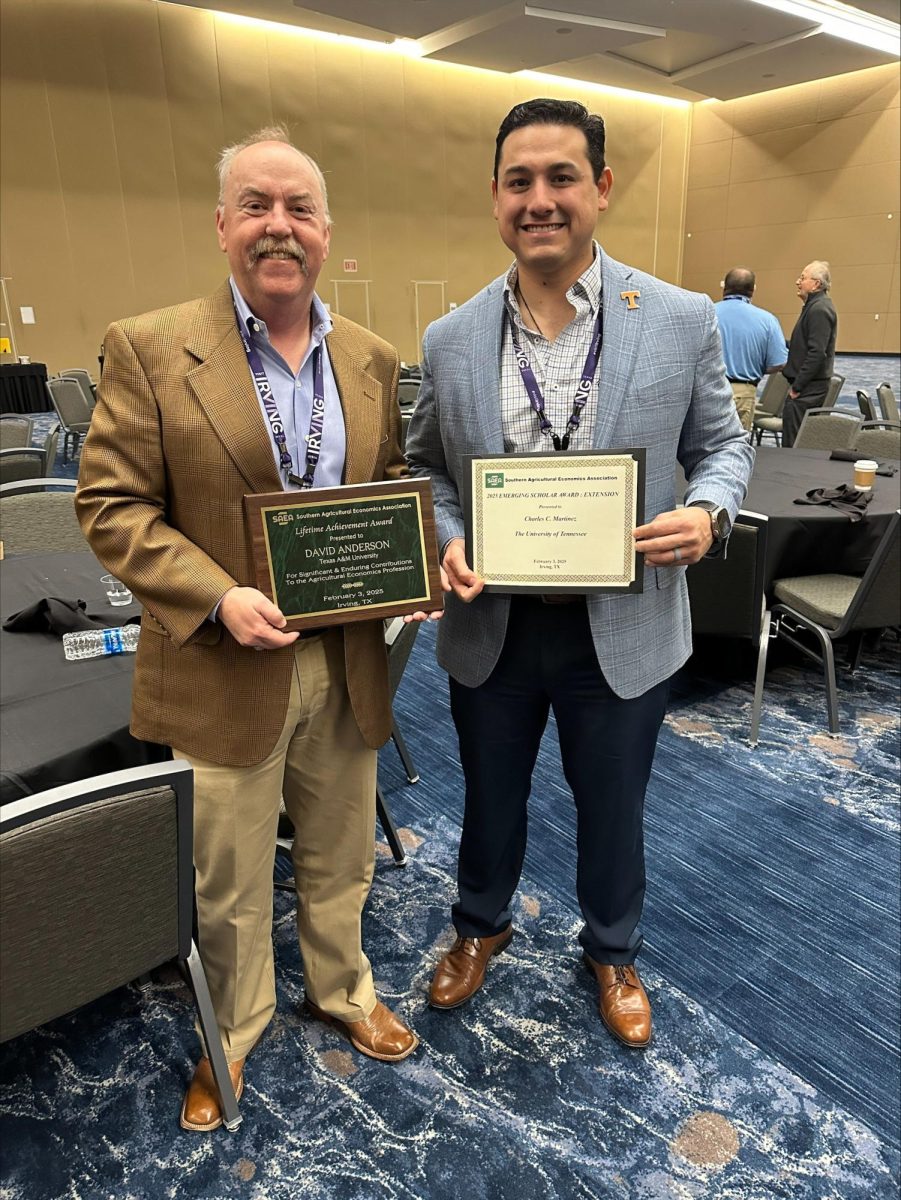A cultural tradition that commemorates the life of a deceased loved one has become a part of the culture in mainstream America today, and with the rising number of Mexican Americans living in the U.S., its apparent Americans have become more familiar with what many call Day of the Dead or Da de los Muertos.
In the U.S., the life of a deceased friend or family member isnt always celebrated, but it is sometimes mourned. While life on earth may seem short, the spirits of the deceased will always return to Earth during Da de los Muertos to visit their living relatives. In the Mexican culture, the fear of death isnt something of concern but instead is recognized as a part of life itself.
People remember the death of a loved one, but Da de los Muertos is meant to honor the death and celebrate their life, said junior construction science major and president of the Mexican Student Association Lauro Ramirez.
Originally, this tradition was celebrated for a month long by the indigenous people of Mexico such as the Aztecs and Mayans. After Hernn Corts invaded Mexico, he tried to eliminate this month long tradition but had no success. Instead, the Spaniards embraced the holiday and merged it with the Catholic All Saints Day and All Souls Day in order to add spirituality. Thus, Da de los Muertos is now celebrated every Nov. 1 and 2.
Many Mexican families first celebrate by building an altar at their homes and surrounding it with ofrendas (offerings) such as flowers, incense, pictures, painted calaveras (skulls) and even their loved ones favorite food. Another popular tradition that takes place during these two days consists of decorating graves of the family members who have passed away.
My grandpa passed away in 2000, and every Nov. 1 my family and I would go to his grave and decorate it with flowers and painted skulls, Ramirez said.
For students who may not be able to celebrate this tradition, the J. Wayne Stark Galleries on the first floor of the Memorial Student Center will be building an altar beginning Tuesday, and it will be on display until Friday if students would like to take part in the celebration.
The altar will be there, and students or faculty who would like to pay a tribute to a loved one can bring photos, skulls, flowers and different kinds of non- perishable food items, said curator of education for the Stark Galleries Greg Phillipy.
We will also be using small LED lights instead of candles to illuminate the galleries so there can be more of a traditional feeling, but our big event will be on Thursday with the Hispanic Presidents Council, Phillipy said.
On Thursday, from 4 p.m. to 6 p.m., the Hispanic Presidents Council will be celebrating the holiday by painting sugar skulls, crafting papel picado (perforated paper) and eating cultural Mexican food.
With bright colors and eccentric patterns, painted skulls have become symbolic during Halloween in America. In the Mexican culture, they are symbols of birth and rebirth and are considered as an ofrenda for the altar of the deceased family member.
We would like to bring this tradition to Texas A&M University and to have students familiarize themselves with the celebration as well as honor those who passed as it pertains to our Hispanic culture, said Hilda Campos, senior bioenvironmental sciences major and executive director of the Hispanic Presidents Council.
Cultural tradition celebrates the life of the dead
November 2, 2012
0
Donate to The Battalion
$2790
$5000
Contributed
Our Goal
Your donation will support the student journalists of Texas A&M University - College Station. Your contribution will allow us to purchase equipment and cover our annual website hosting costs, in addition to paying freelance staffers for their work, travel costs for coverage and more!
More to Discover




